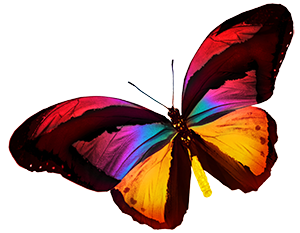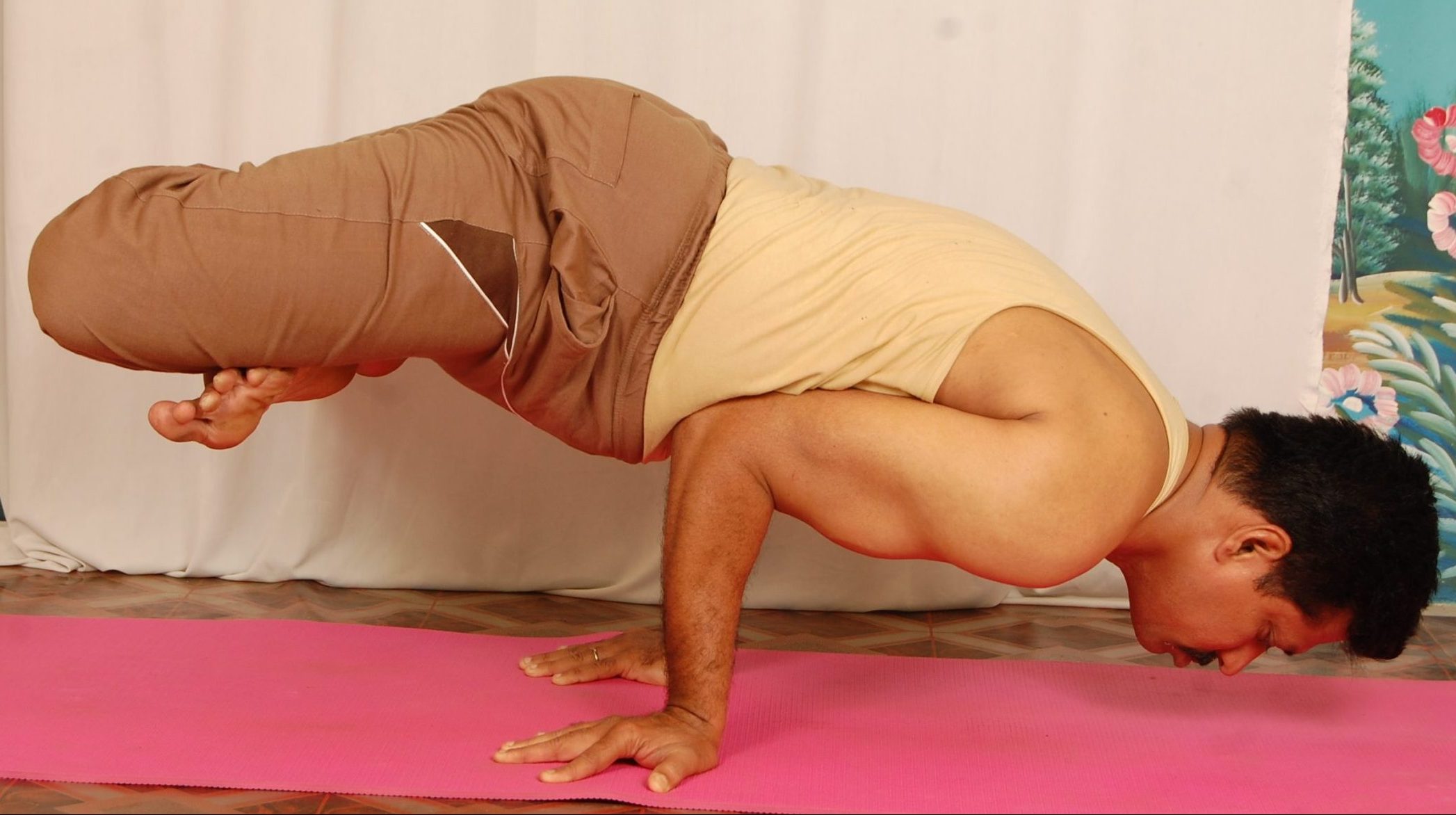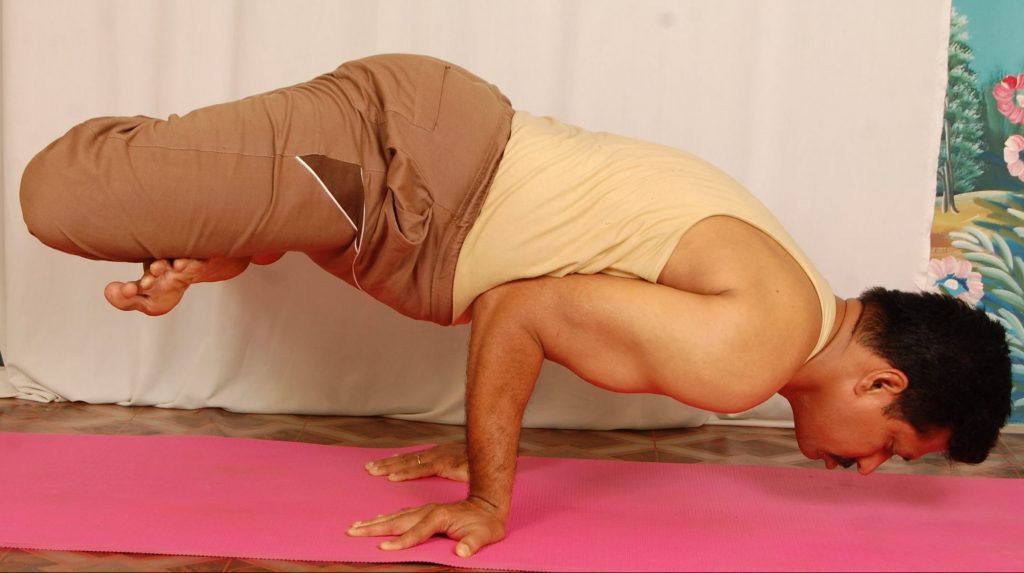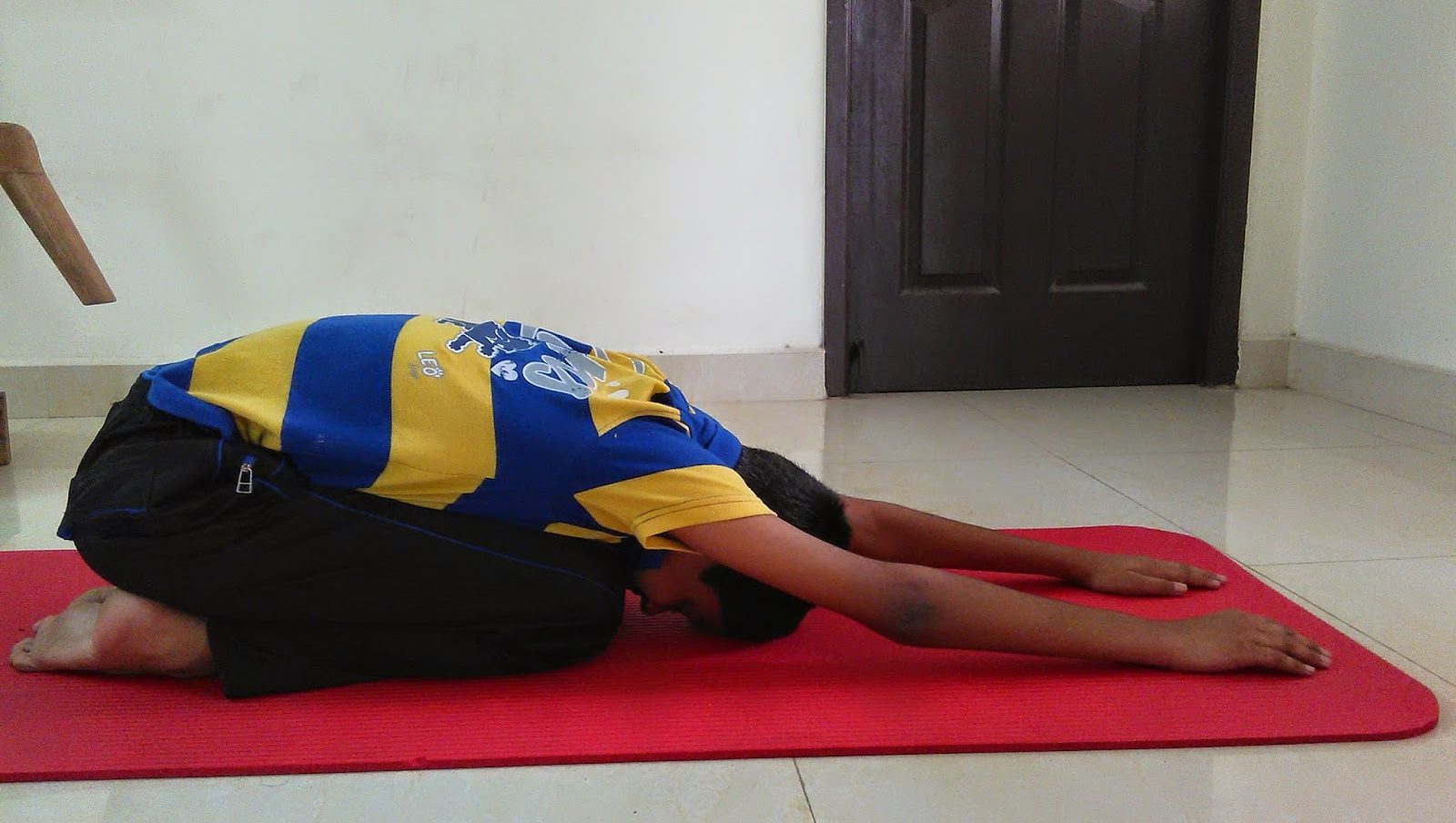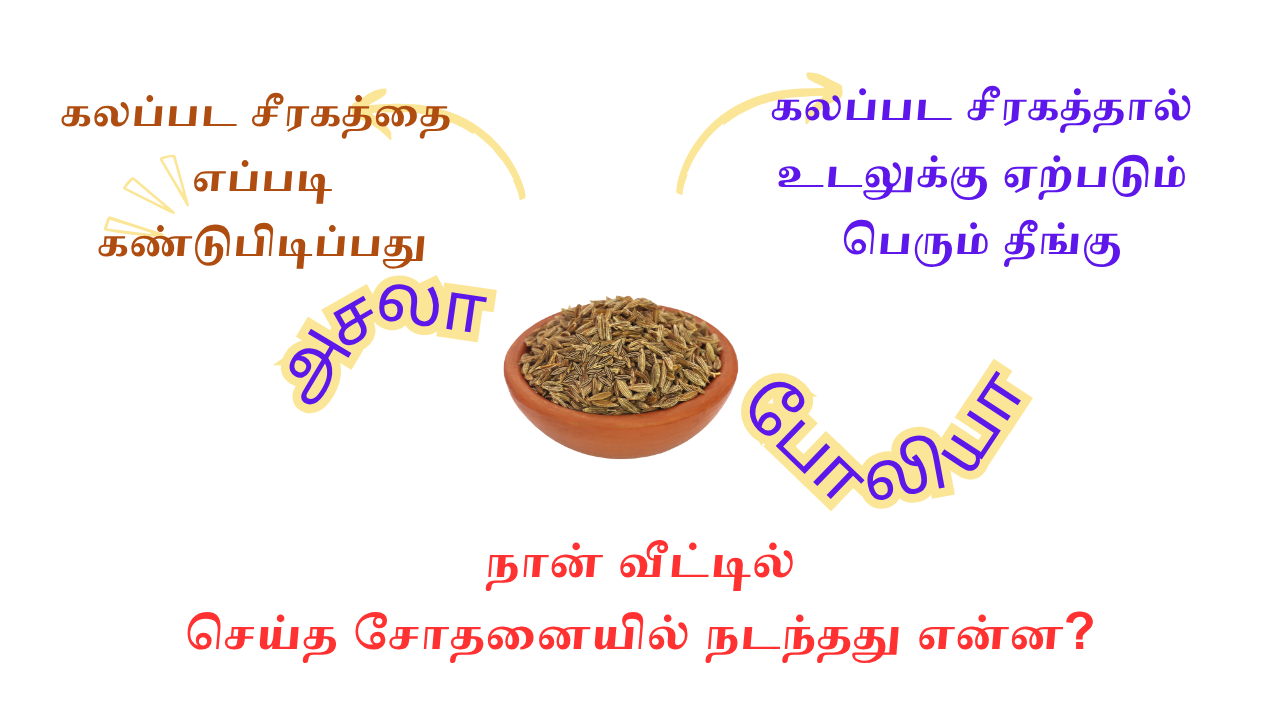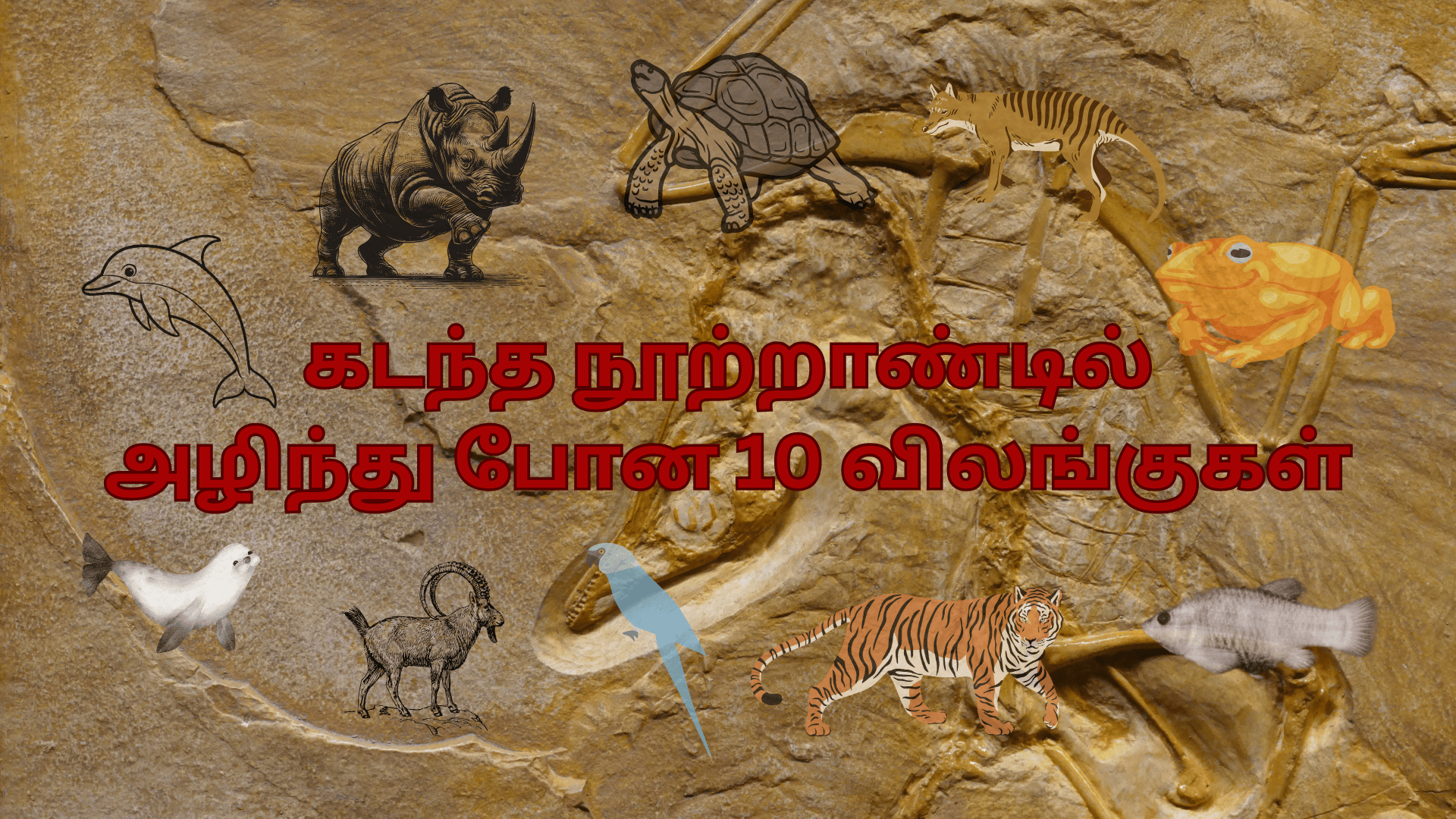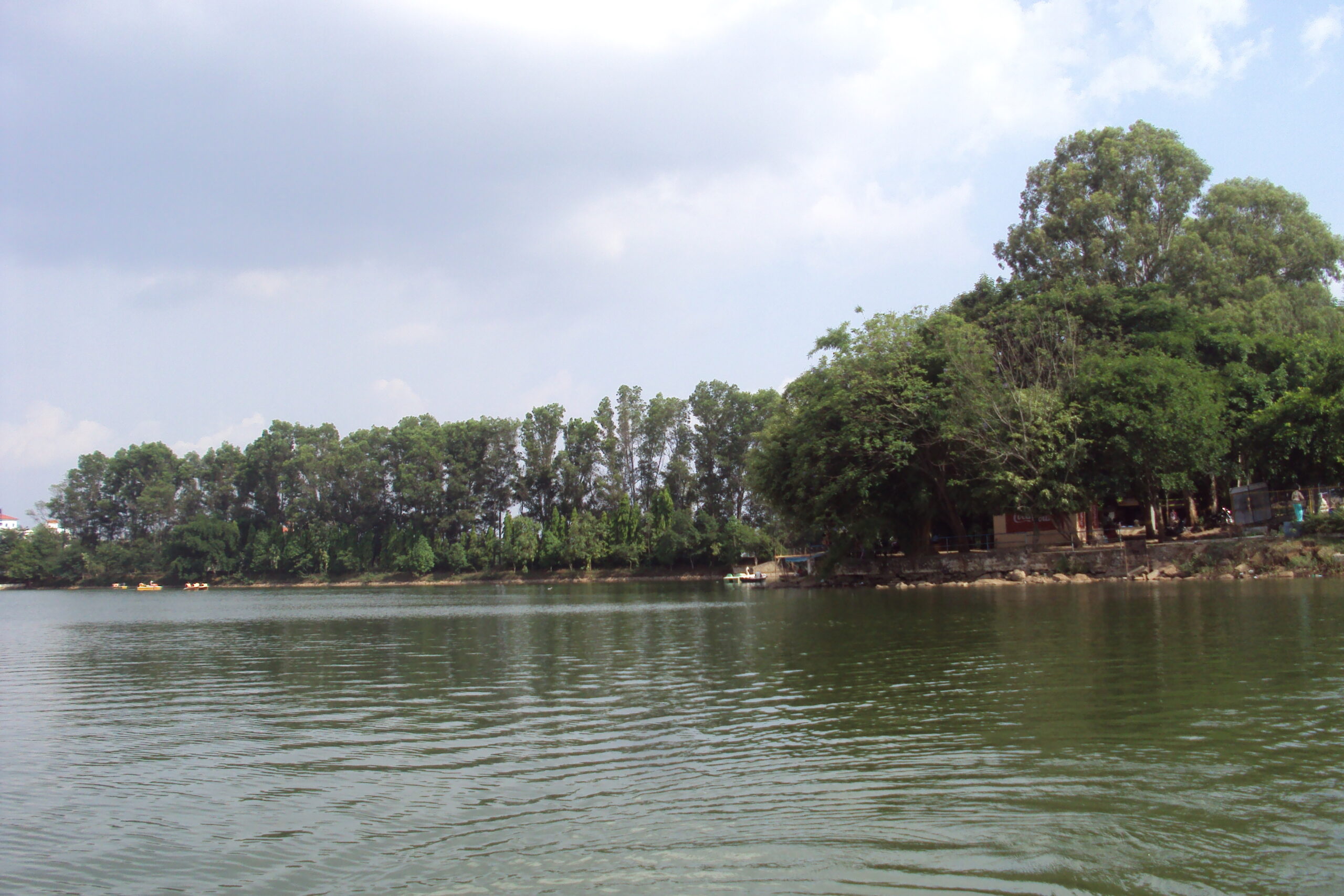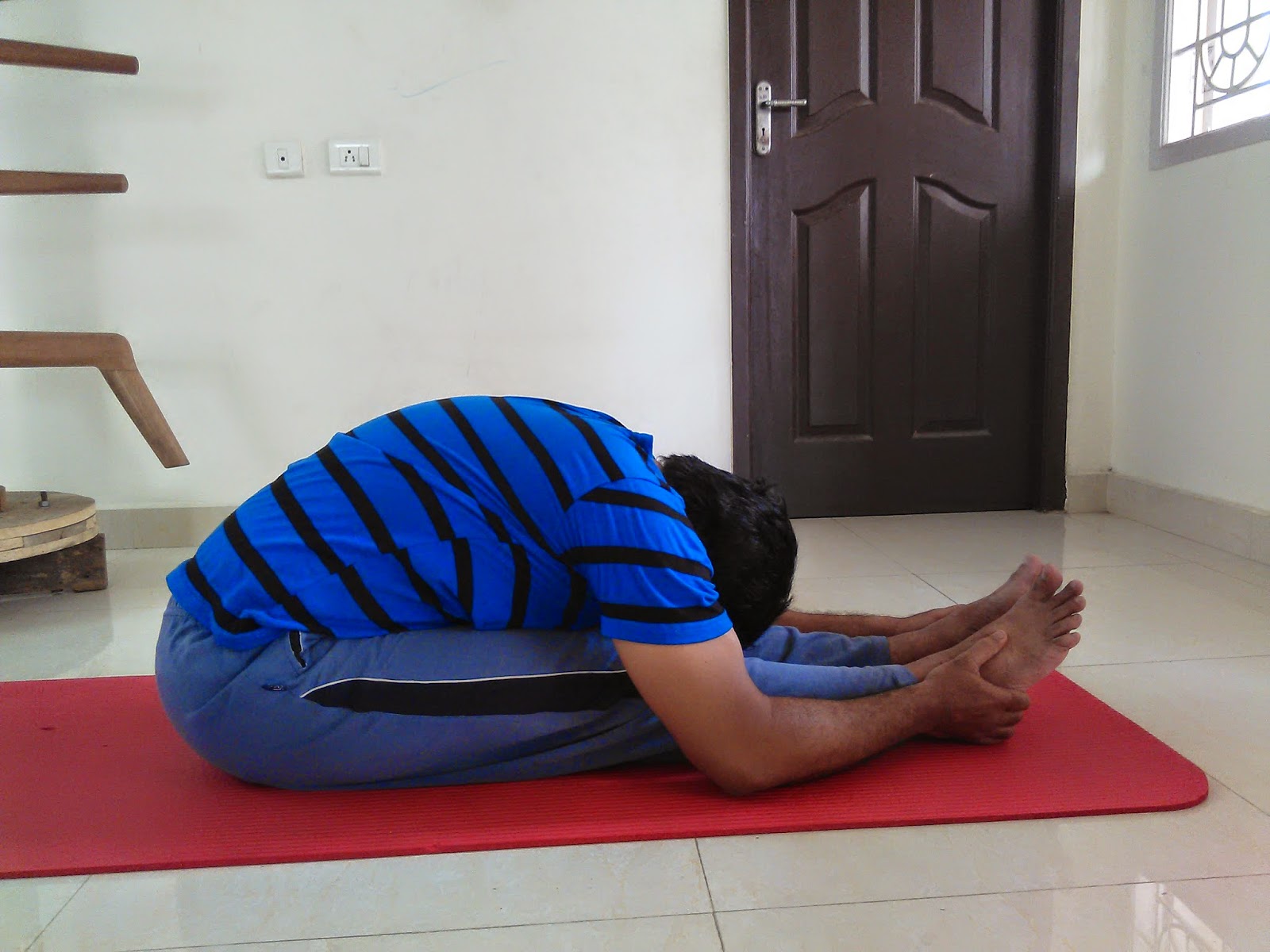Few days ago, we had covered the benefits and how-to-do of Peacock Pose. Today's post is about Lotus Peacock Pose, which is a more challenging version of Peacock Pose. It is called Padma Mayurasana in Sanskrit. 'Padma' means 'lotus' and 'mayura' means 'peacock'.
Lotus Peacock Pose stimulates manipura chakra and boosts its functions. Stimulation of manipura helps to promote self-confidence and self-esteem. The pose energizes the body and mind and attracts universal energy.
Other Benefits of Lotus Peacock Pose
- Strengthens arms and wrists
- It is an effective yoga pose for constipation.
- Cures indigestion
- Back muscles are strengthened.
- Regular practice of the pose improves hip flexibility.
- Strengthens abdominal organs
- Helps to Maintain Balance
- Strengthens leg joints and improves flexibility in legs
- It helps to regulate blood sugar levels.
- Detoxifies the body
- Improves focus
How to Do Standing Forward Bend - Step-by-Step Guide
- Assume Lotus Pose.
- With exhalation, bend forward and place your palms on the floor. The fingers should be pointed in your direction.
- Bend your hands and bring the elbows close to each other.
- Lean forward and place your abdomen on the bent elbows.
- Lean further forward so your hands balance most of the body weight.
- Raise the crossed legs off the floor. Now you will be balancing your body weight on your hands.
- Hold the pose for 30 seconds to one minute.
- To release the pose, place the legs back on the floor, lower your hips and assume Lotus Pose.
Note
Those with severe problems in shoulders, hands and wrists should refrain from practicing Lotus Peacock Pose.
It is recommended to practice Lotus Peacock Pose after you get comfortable with Peacock Pose.
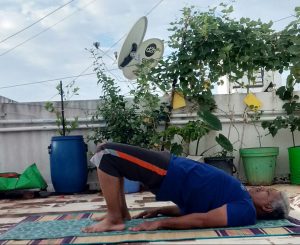
Yoga Pose for Day 82 - Bridge Pose (Setubandhasana)
One of the simplest supine yoga poses that offers amazing health benefits is Bridge Pose. 'Setu' in Sanskrit means 'bridge; and 'bandha' means 'bound'.
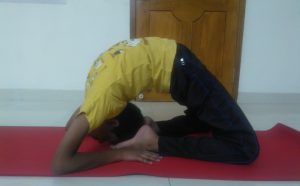
Yoga Pose for Day 80 - King Pigeon Pose (Raja Kapotasana)
In our recent posts, we had covered the benefits and how-to-do of One-Legged King Pigeon Pose and Downward Facing Pigeon Pose. Today's post is about King Pigeon Pose, which is one of the most challenging backbends.

Yoga Pose for Day 79 - Downward Facing Pigeon Pose (Adho Mukha Kapotasana)
Yesterday's post was about One-Legged King Pigeon Pose. Today we will see how to prepare your body so you can perform challenging yoga poses. Performing Downward Facing Pigeon Pose helps to promote flexibility.
